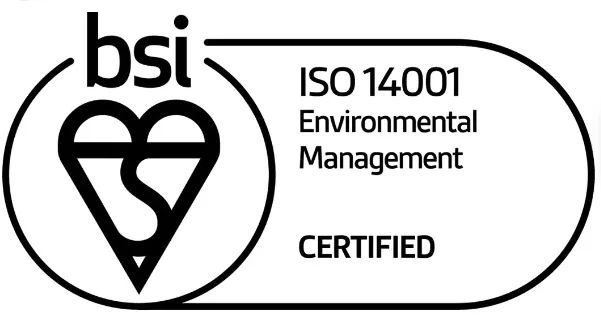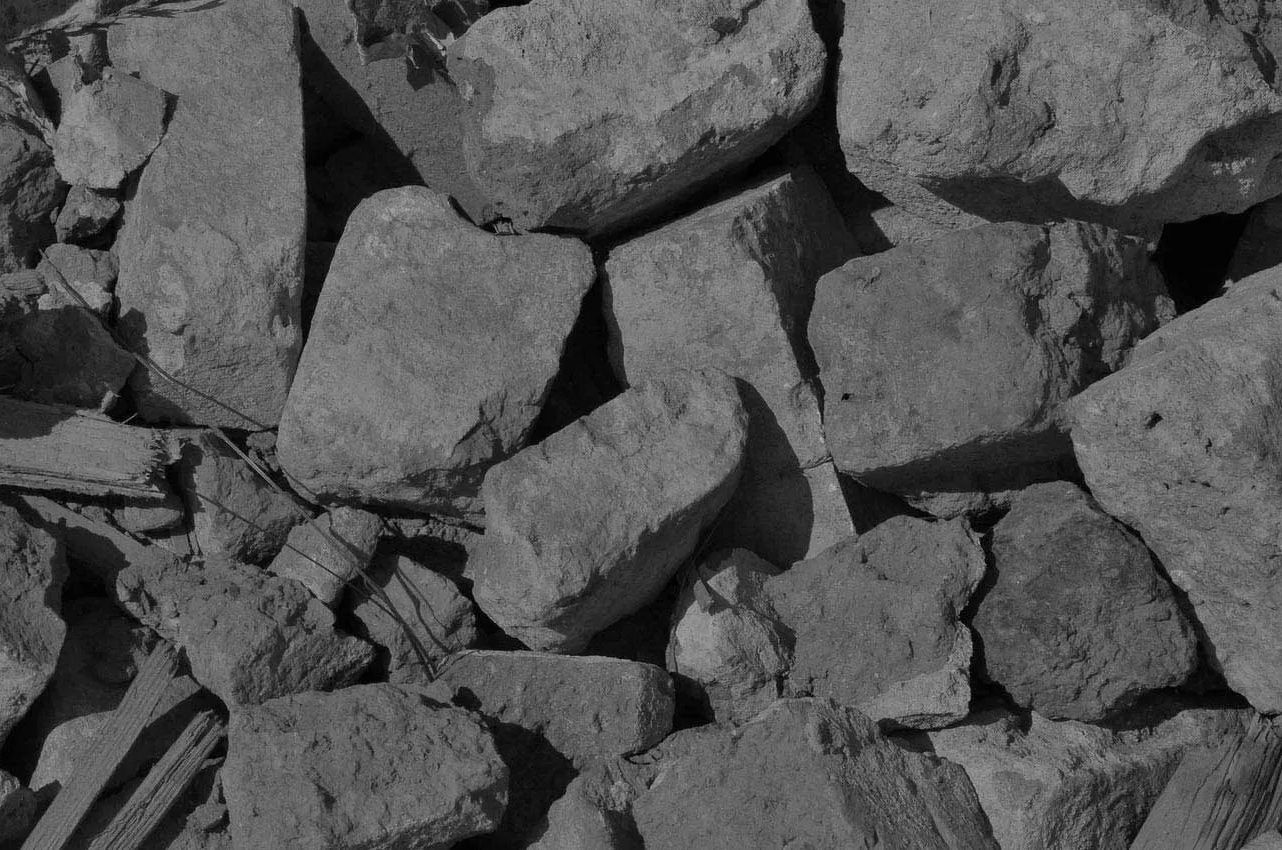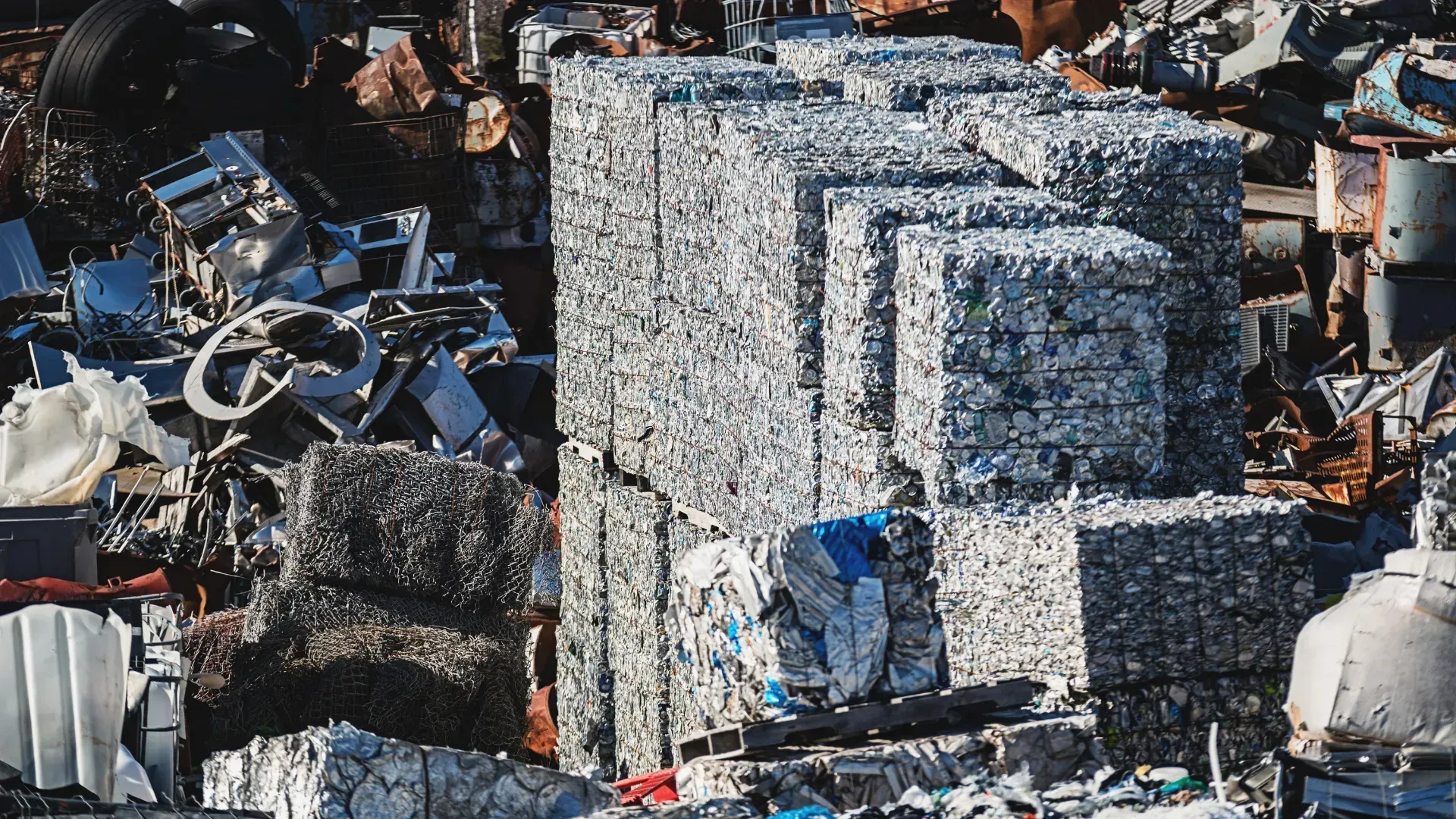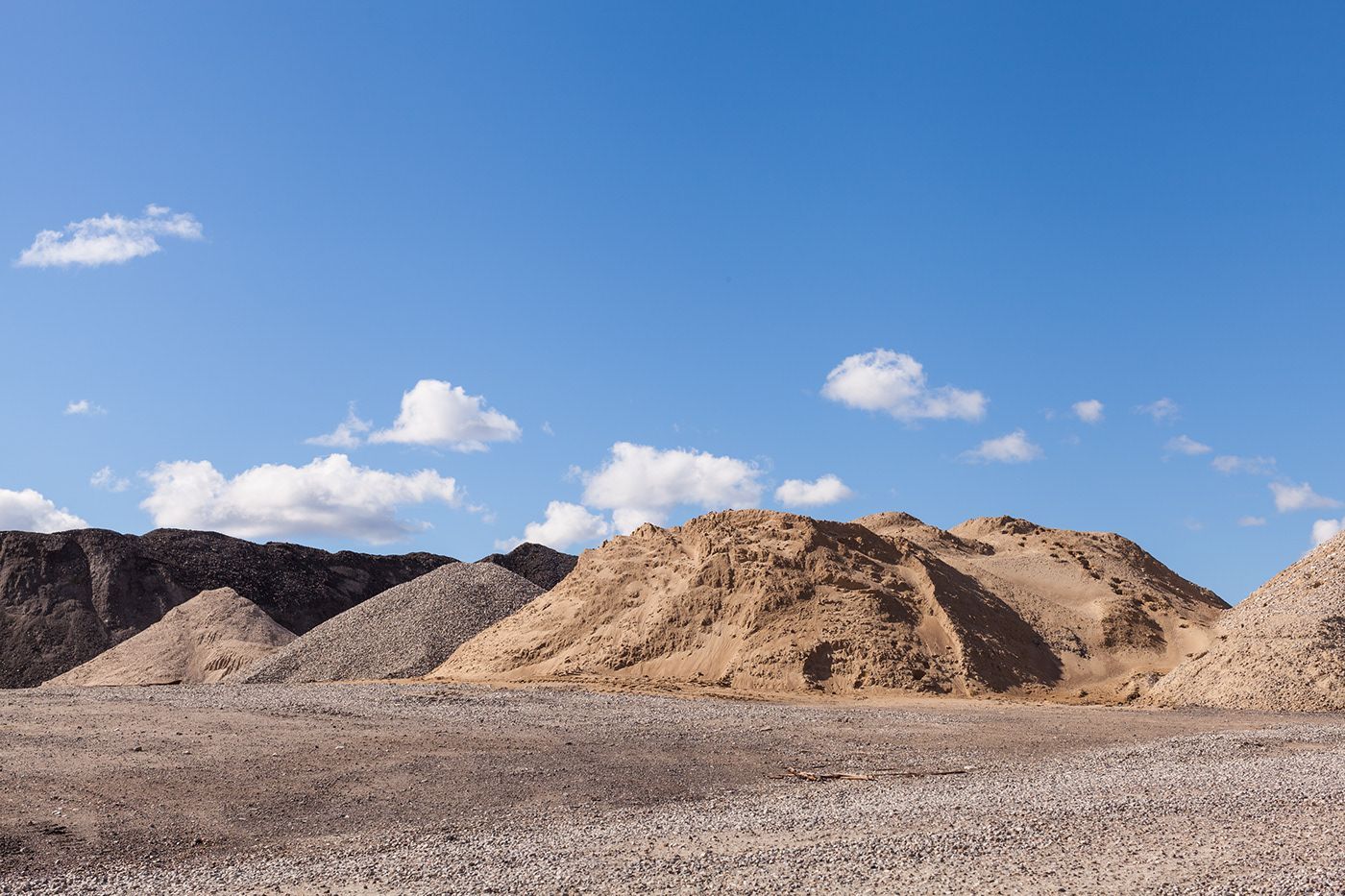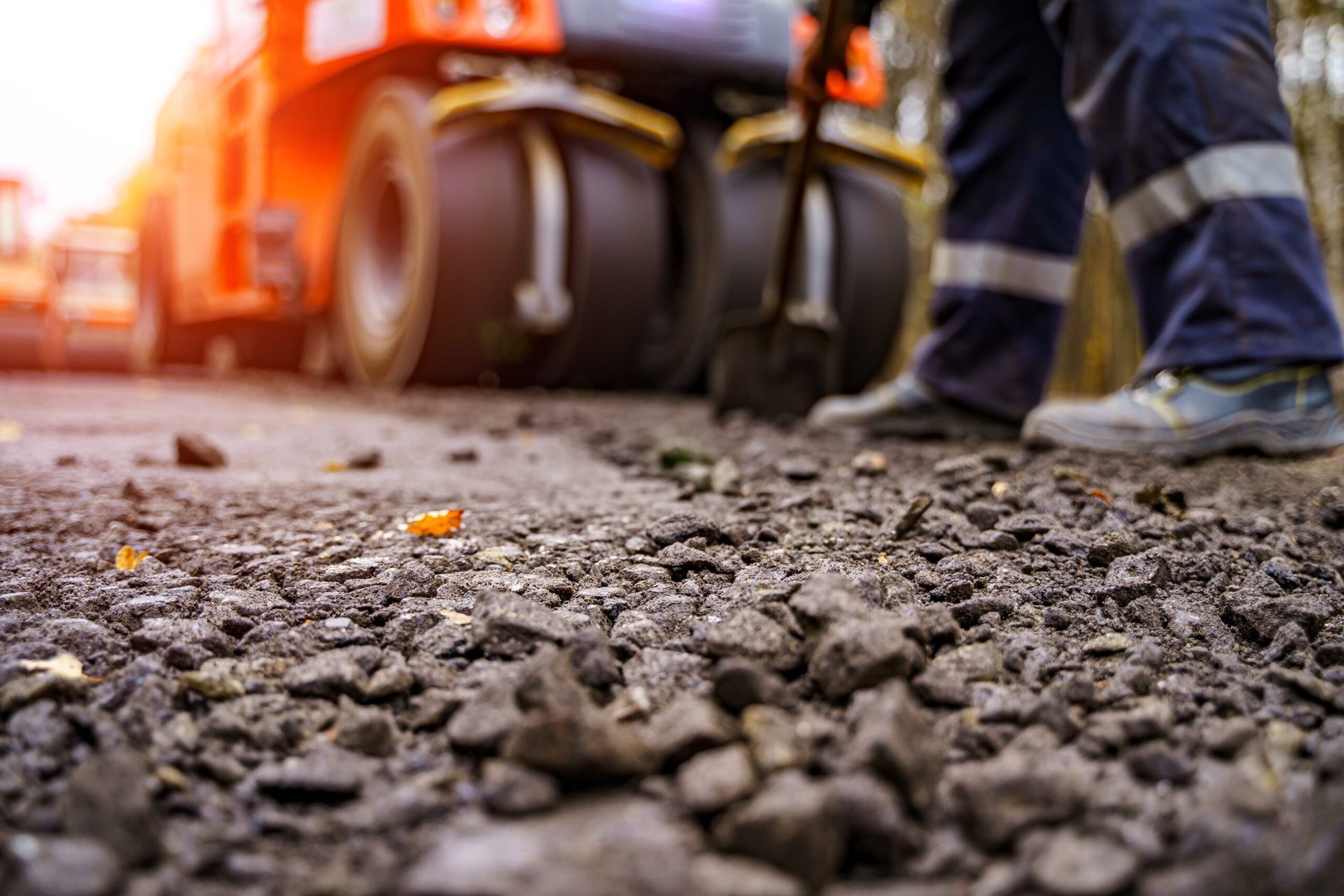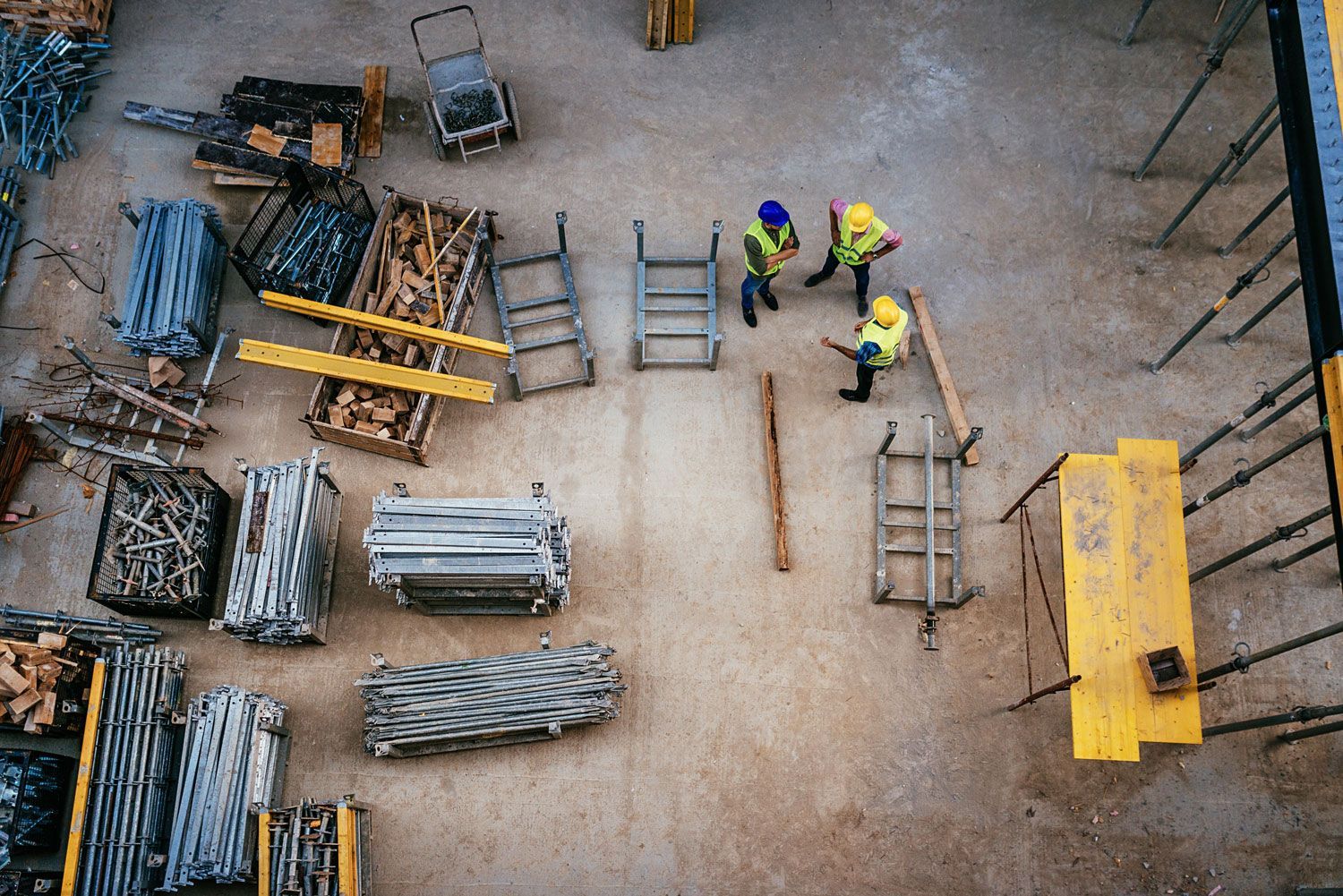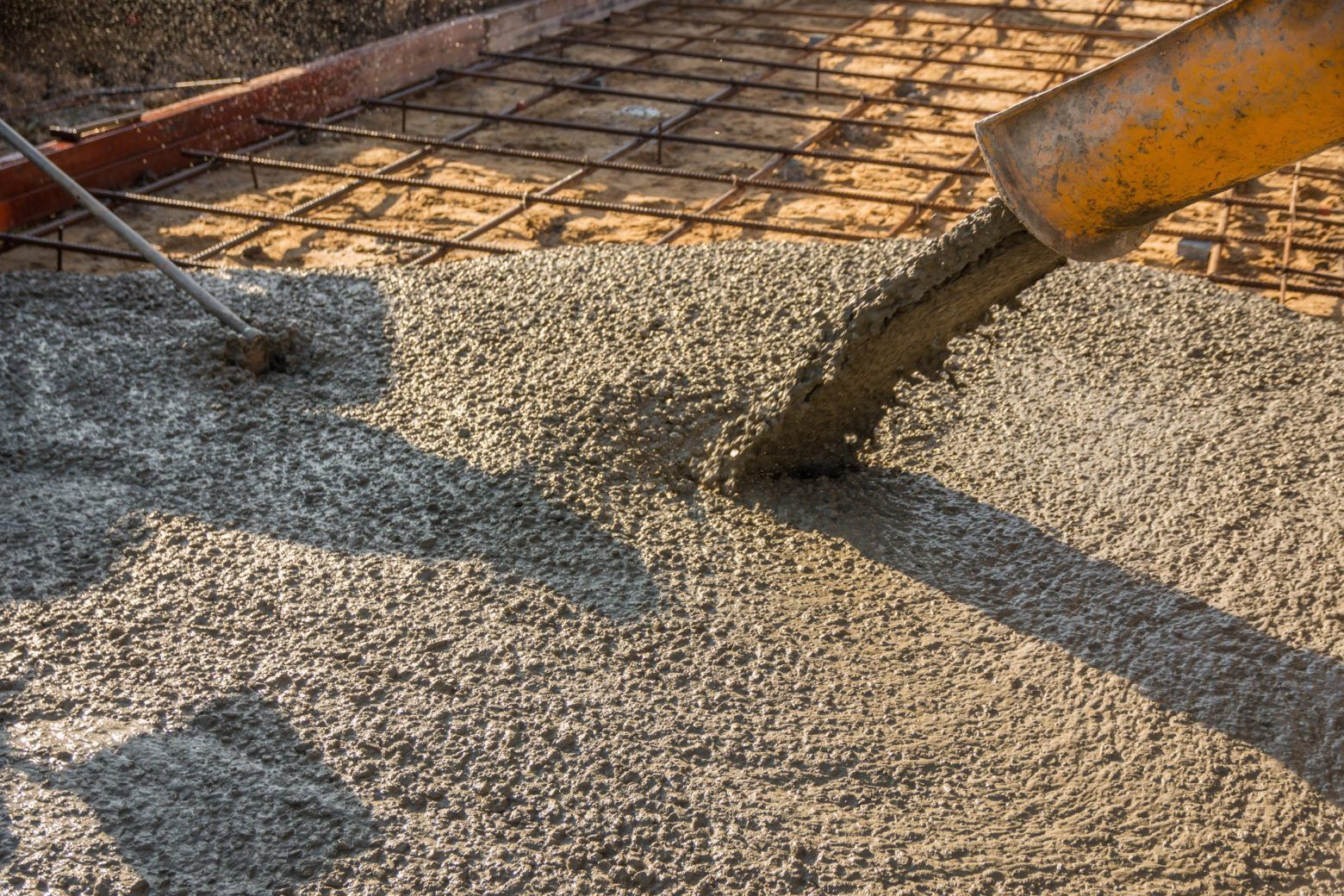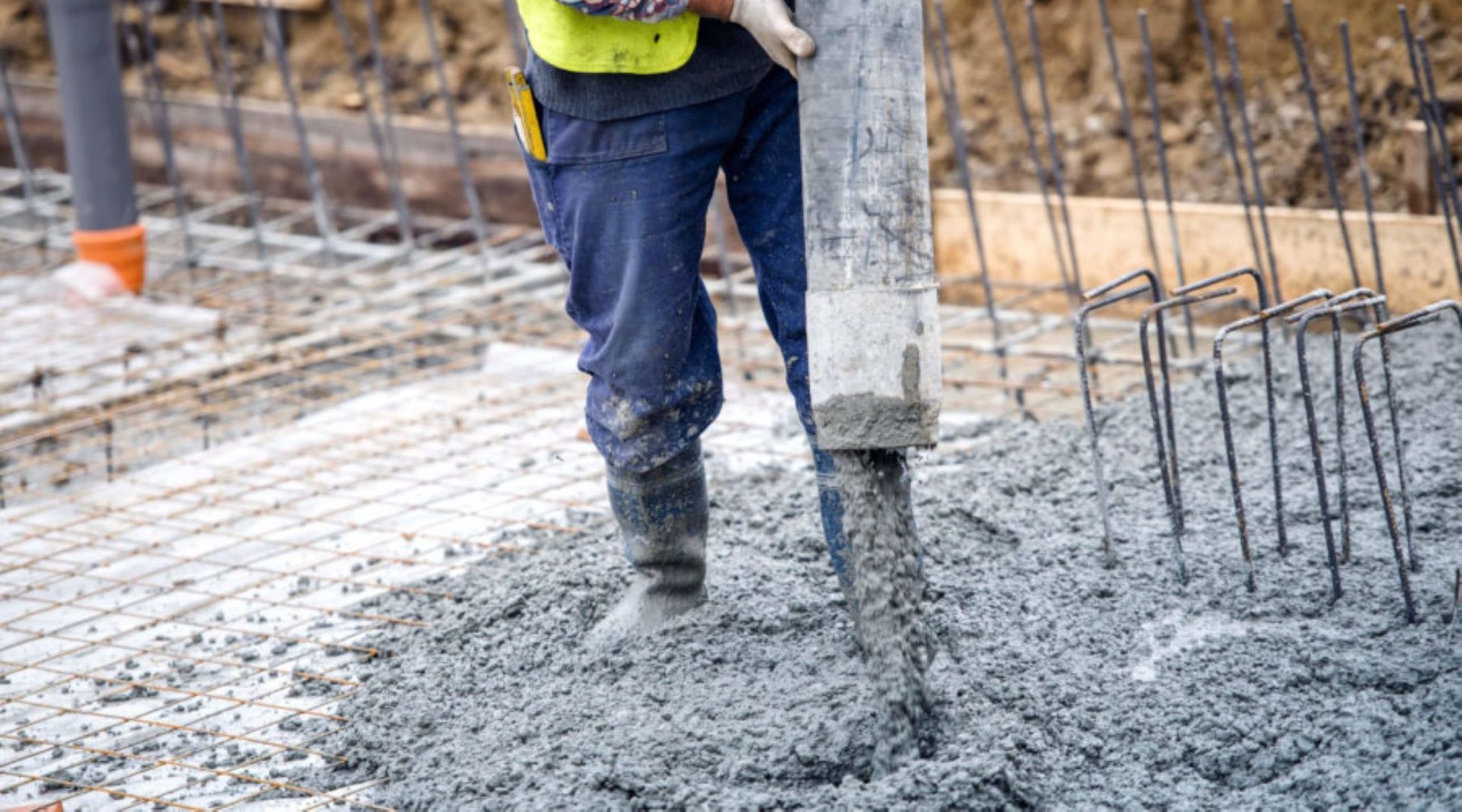What You Need to Know About Gravel
When it comes to construction, you’ve got to know your materials. It goes without saying that this is very much the case, particularly in regards to using different types of stone. Gravel is certainly no exception to this and is certainly important as it is regarded as a basic building material in projects involving ready mix concrete, asphalt, masonry, and hardscaping.
Gravel is so widely used but you may be wondering what specific role do they play in different construction projects and what benefits do they have? Read on to discover more!
What is gravel?
Gravel is very similar to crushed stone and this is because it is a type of rock, but gravel is created naturally. The definition of gravel is a natural material that consists of water-transported materials and often has a rounded shape as a result of the water transport.
What are the most common types of gravel?
There are two particularly popular types of gravel and they are:
Pea gravel
Pea gravel is a significantly smaller size of gravel and is often ½” or smaller in proportions. Pea gravel is frequently used for things like fish tanks, walkways, swimming pools, or other spaces where foot traffic occurs or small gravel is required.
When using pea gravel, it is important to have set edges as well as boundaries for the gravel. Because of its particularly small size, it easily and quickly spreads out unless it has a clear edge.
River rock
River rock is bigger than pea gravel and it is often utilised for aesthetic purposes. It is often 1”-2” in diameter. Due to its larger size, this gravel is more painful to walk on than pea gravel.
Benefits of using gravel
There are plenty of benefits to using gravel and here are a few of our favourites:
● Reduces maintenance
● Supports drainage
● Versatile
● Highly durable
● Can work as a security measure
● Easy to lay
● Drought resistant
Gravel has many uses, providing the perfect solution for drainage structures such as soakaways as well as for residential driveways. Here at W M Thompson & Sons, the gravel we provide is available in several diameters and can even be sized to your individual preferences. We also provide sand, which can be graded to suit your building or groundwork needs. To find out more about it, contact us today.

